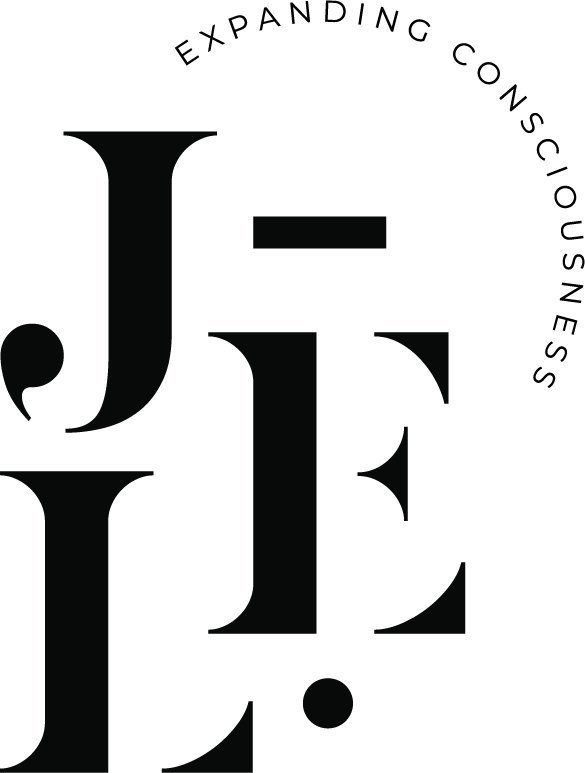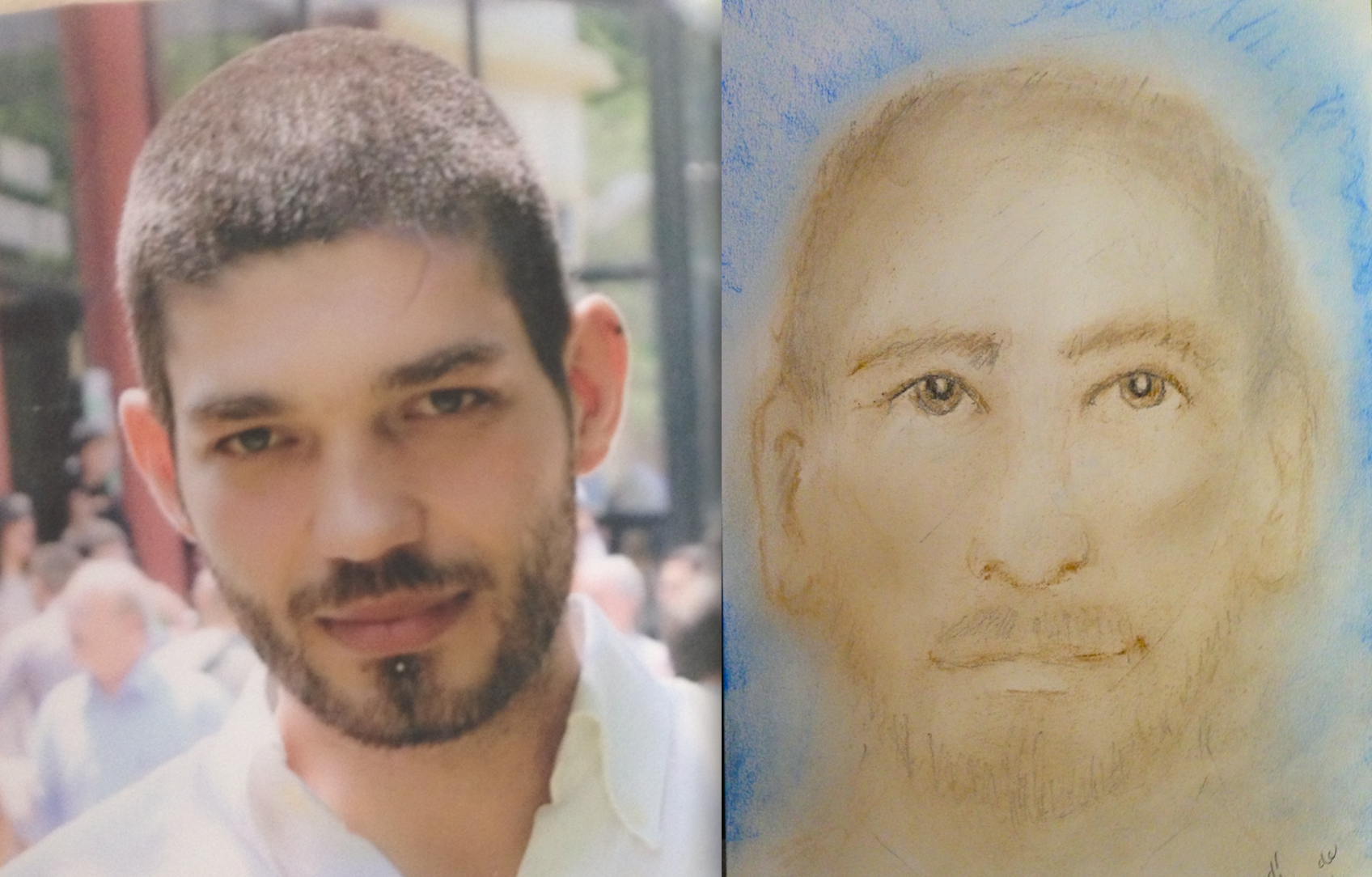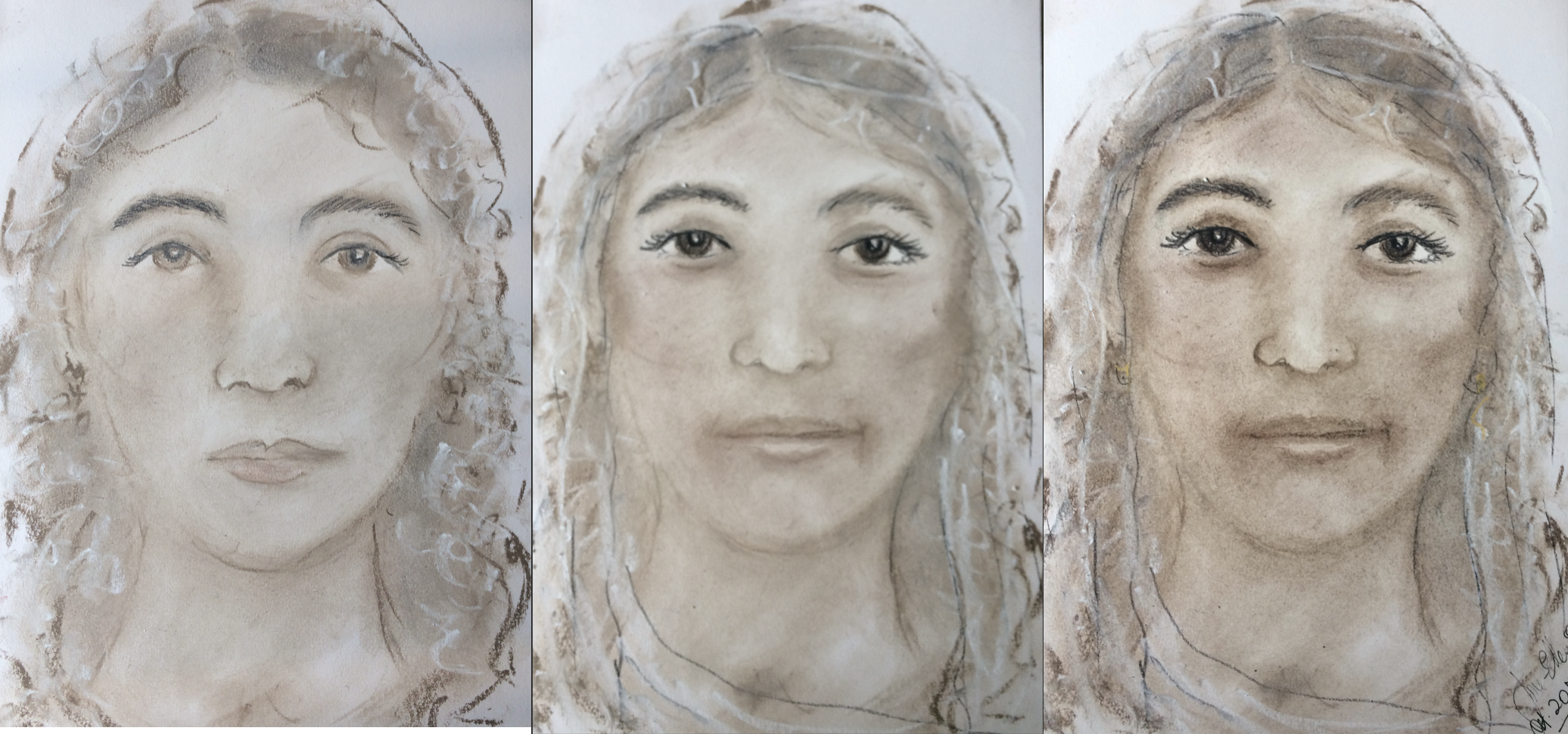Module eight part 4 - tips from a masterclass
Objectives
learn how to make your spirit portraits more recognisable
understand that spirit can show themselves at different ages.
understand your role, especially in challenging SITUATIONS
Learn effective strategies to manage stress when clients request specific loved ones during portrait sessions.
develop enough trust to give what you get without trying to ‘perfect’ or change it
understand how unconscious bias can affect your drawing
remember to make notes on how you feel about your progress
practice makes progress
Remember, progress in drawing spirit portraits comes with practice, and it's natural to experience setbacks or moments of frustration. If you find yourself unconsciously leading the drawing or feeling stuck, try the following technique:
Block the right nostril and breathe through the left nostril for nine breaths. This practice helps calm the logical mind and enhances the flow of inspirational energy.
Once you feel centered and focused, resume your drawing. Take your time, but also allow the drawing to unfold quickly without overthinking or forcing it.
By incorporating this technique, you can realign with the intuitive flow of energy and continue your drawing process with greater clarity and connection. Remember to be patient with yourself and embrace the learning journey.
Make what spirit give you stand out
The key to drawing spiritual faces is to develop the ability to follow the subtle lead of spirits, rather than forcing or controlling the drawing process. While it may sound simple, it can be challenging to put into practice. The exercise in Part 1, "Allowing or Exploring," will help you distinguish the energy difference and therefore develop your skills.
When you engage in scribble skrying, remain attentive to what emerges in your drawings. Look out for any indications of a face amidst the scribbles. Once you notice a face starting to take shape, focus on bringing out the features without overly correcting or altering them. Embrace the natural flow of the drawing and trust the guidance you receive.
Remember, practice is essential in honing your abilities, and with time and dedication, you will make progress. Stay patient and open to the process of connecting with the spiritual energy as you continue your journey of drawing spiritual faces.
unconscious bias
It is important to be mindful of our tendency to draw faces that are familiar to us when we exert control over the drawing process. This familiarity is often influenced by our own cultural background or the cultures we are accustomed to. While drawing something familiar may be easier, it may not accurately represent the spirit individuals who may come from different cultural backgrounds or have distinct features.
In the example portrait provided, initially, the woman's appearance seemed Western, but as the energy strengthened, a sense of the Indian Hindu culture emerged. This realisation guided the use of browner shades for the eyes and skin tone, capturing the essence of her cultural identity. Additionally, what initially appeared as curly hair transformed into a beautifully embroidered dupatta scarf draped over her head, further reflecting her cultural heritage.
It is essential to recognise and address unconscious bias in our drawings, as it can limit our ability to accurately represent the diverse range of spirit individuals. Understanding and exploring this concept in more detail will be covered later in the course to enhance our awareness and ensure more inclusive and accurate portrayals in our spirit portraits.
using an ipad has advantages
With the introduction of drawing on an iPad, there is an added benefit of allowing clients to witness the formation of the portrait in real-time during online sessions. It becomes a captivating experience for them to watch their loved one's face gradually emerge from a blank digital canvas. Furthermore, there is the option to replay a video of the drawing process, enabling clients to relive the portrait's creation.
During the drawing process, it is not uncommon for the portrait to undergo changes in terms of age or hairstyle as the spirit individual settles on the appearance they wish to be remembered by. TIt is possible to then capture still images from the video at different stages, highlighting the evolving nature of the portrait. It is often fascinating to observe how these changes align with photographs provided by the clients, showing their loved one at different ages. This synchronisation between the evolving portrait and the client's photographs provides a compelling validation.
The accompanying pictures shown here are taken from a video, depicting the initial unfinished face and the completed younger face. In addition, photographs of the gentleman at both older and younger ages, supplied by the client for validation, are presented for comparison. Despite the initial drawing being far from finished, one can already observe a resemblance taking shape, with a noticeable difference between the initial stage and the final portrayal of the younger face.
have your notepad and pen handy to answer the riddle at the end of this video
Answer the riddle before the answer is shown, pause it if you need more time. Good to know that when the text finishes falling of the screen at the end the answer will be revealed.
From a spirit portrait masterclass. Tips and ideas to help you connect, understand the technique and draw more recognisable spirit portraits.
pro tips and ideas
Working quickly allows for a greater infusion of spirit energy and minimises the interference of your own attempts to control the drawing. It's important to accept that your drawing will not look exactly like a photograph, as you are attempting to depict something that is not visible to the naked eye.
As we cannot rely on visual observation, it is beneficial to draw based on what you feel and sense, utilising the skrying technique introduced in previous modules. This approach allows the spirit energy to guide your drawing process.
Additionally, it's helpful to acknowledge that you won't be able to see spirits objectively in a way that can be accurately represented through drawing. Therefore, drawing what you feel rather than what you may or may not see becomes crucial. It is common for spirit individuals to project an image of themselves at an age or stage in their life that holds significance to them, which may differ from the age at which they passed away. Explaining this to your clients before you draw can help manage their expectations.
Keep in mind that the portraits you draw may reflect how the spirit person perceived themselves through a mirror. This can explain why they may appear different from photographs. Flipping a digital image or viewing it in a mirror can offer insights, such as noticing details like a hair parting on the wrong side. An example is provided with a spirit guide claiming to be Nikola Tesla, whose image aligns well when a photograph of him is flipped to a mirror view. Further exploration of spirit guides will be covered in Part 6.
Although obtaining validating photographs can aid in refining your accuracy. This process heavily relies on the spirit person's memory of their appearance during their earthly life. Through years of experience, it has become apparent that some individuals can project vivid and detailed memories of their face, while others recall a more general image of how they remember themselves. This can lead to amusing situations where they present themselves in a more flattering light or according to their own perception.
Lastly, the video above emphasises the presence of unconscious bias, which can influence our drawing process and lead us to depict faces that are similar to our own or familiar to us. The riddle presented at the end of the video serves as a reminder to be aware of possible unconscious biases.
By understanding and acknowledging our natural inclination towards analytical overlays, we can free ourselves from the need to achieve perfection and allow the spiritual energy to flow more freely in our drawings.
How to deal with challenging situations and with disagreeable clients during a consultation
Dealing with challenging situations and disagreeable clients during a consultation can be demanding, but there are strategies to help navigate these circumstances. The video from the advanced spirit portrait workshop provides guidance on your responsibilities and how to handle difficult clients to ensure the best reading for them.
To alleviate pressure when dealing with challenging clients, it's important to remember to be kind, especially to yourself. Recognise that not every interaction will be smooth, and frustrations may arise. In such cases, suggesting synchronised breathing with your client can help establish a harmonious frequency and connection.
It's crucial to understand that when clients consistently respond with "no" to whatever you say, these moments serve as valuable learning opportunities. It may indicate a disconnect or misalignment between your energies. Recognise when it is appropriate to stop trying and consider changing the frequency or offering to conclude the consultation and provide a refund. Three consecutive "no" answers can be a signal to reassess the approach or gracefully conclude the session.
Maintaining a compassionate and patient attitude throughout the consultation will contribute to creating a positive and supportive environment, even in challenging situations. Remember to prioritise the client's well-being and provide the best reading possible.





